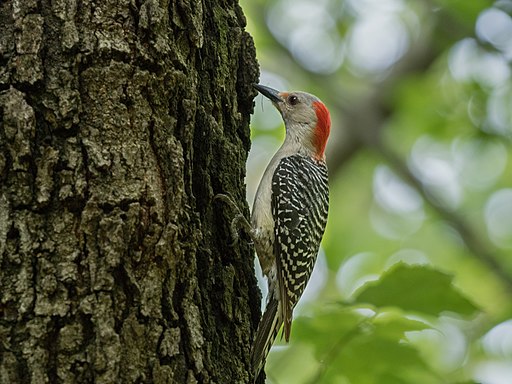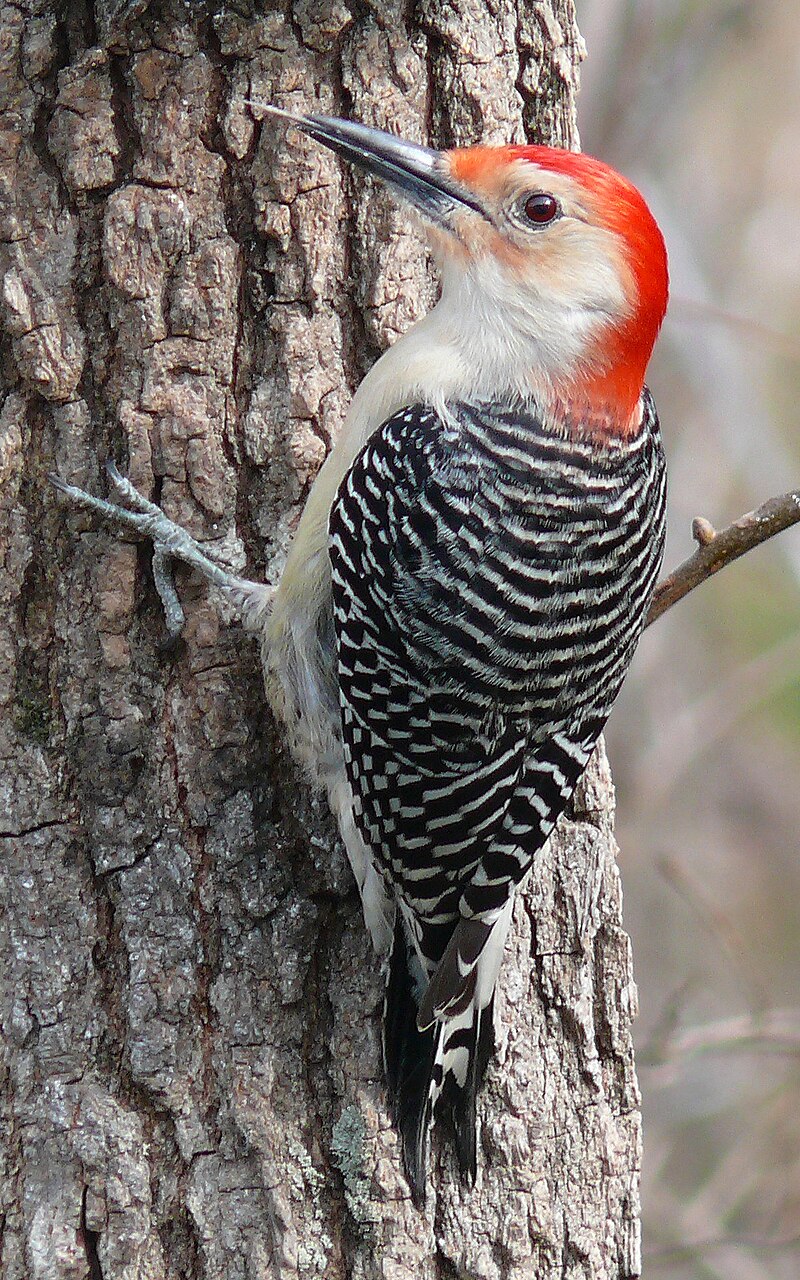Exploring Woodpeckers in Florida Habitats: Where to Identify These Birds
Exploring Woodpeckers in Florida Habitats: Where to Identify These Birds
Blog Article
Woodpeckers Unleashed: Exploring the Wonders of These Skilled Tree Mountain Climbers
Woodpeckers, with their distinct markings and balanced drumming resembling via wooded areas, hold an unique location in the avian globe. Their specialized anatomy and adjustments allow them to navigate upright surfaces with unparalleled skill. Their mastery of tree climbing is just one aspect of their interesting habits. As we dig into the detailed information of woodpeckers' nesting habits, feeding techniques, and the recurring conservation initiatives to secure these exceptional birds, a much deeper appreciation for their place in nature unravels.
Makeup and Adaptations
When checking out the anatomy and adjustments of woodpeckers, one can observe impressive attributes that make it possible for these birds to thrive in their specialized eco-friendly niche. In addition, woodpeckers have zygodactyl feet, with two toes facing forward and two encountering backwards, giving a firm grasp on tree trunks while they look for food or drum for communication.
Additionally, woodpeckers have a distinct tongue structure that is long, barbed, and sticky, allowing them to remove bugs from holes in wood. This specialized adaptation enables woodpeckers to manipulate a food source that is inaccessible to numerous various other bird types. In general, the composition and adaptations of woodpeckers showcase the amazing evolutionary solutions that have actually allowed these birds to prosper in their arboreal habitat.
Drumming Behavior
Having actually checked out the makeup and adjustments of woodpeckers, the focus currently changes to recognizing their drumming behavior, a distinct facet of their interaction and territorial screens. Drumming is an essential kind of communication amongst woodpeckers, offering multiple functions such as developing regions, bring in companions, and signaling alarm. Each woodpecker varieties has an one-of-a-kind drumming pattern that aids individuals identify members of their own varieties and distinguish them from rivals or killers.
Woodpeckers generate drumming audios by quickly pecking on powerful surface areas such as dead trees, energy posts, and even steel items, developing a series of rhythmic beats. The intensity and speed of drumming can differ based upon the purpose; as an example, a fast drumming sequence may signify aggressiveness towards trespassers, while a slower and softer drumming pattern can indicate courtship (Woodpeckers in Florida). Furthermore, woodpeckers may change the frequency and period of their drumming to share particular messages efficiently
Nesting Routines
Exploring the nesting habits of woodpeckers reveals interesting understandings right into their reproductive behaviors and habitat choices. Woodpeckers are recognized for their distinct nesting preferences, often digging deep into tooth cavities in trees to create sheltered areas for raising their young. These cavities serve not only as a view website nesting website yet likewise as a safe and secure refuge from killers and inclement weather condition.
Woodpeckers exhibit a high degree of fidelity to their nesting sites, usually returning to the exact same area year after year. This behavior highlights the value of suitable environment accessibility for their reproductive success. The selection of a nesting site is essential for woodpeckers, with elements such as tree varieties, height, and decay stage playing significant functions in their decision-making procedure.
Remarkably, some woodpecker types are recognized to excavate multiple cavities within their region, providing themselves with alternate nesting choices. This method might serve as a form of insurance against prospective dangers or disturbances to their key nesting site.

Feeding Strategies
One of the most distinctive feeding behaviors of woodpeckers is drumming, which involves rapid pecking on trees to uncover insects under the bark. Woodpeckers are likewise known to excavate cavities in trees to access hidden insect larvae or sap. Some species, like the acorn woodpecker, store nuts in specifically produced openings called granaries.
Conservation Efforts
Among the elaborate feeding strategies displayed by woodpeckers, the conservation initiatives focused on protecting these remarkable birds play an important duty in maintaining their habitats and populaces. Woodpeckers face different hazards to their survival, consisting of environment loss as a result of logging, environment adjustment modifying my latest blog post their environments, and crashes with manufactured structures such as structures and lorries - Woodpeckers in Florida. Preservationists are proactively working to deal with these difficulties and make certain the long-term well-being of woodpecker varieties

Education and learning and public recognition campaigns are likewise important components of woodpecker conservation efforts. By raising recognition regarding the significance of these birds in preserving healthy woodland ecological communities, preservationists can gather assistance for habitat conservation efforts and advertise accountable land administration practices. With collaborative initiatives in between researchers, policymakers, and local areas, we can interact to safeguard a future where woodpeckers flourish in their natural environments.
Final Thought

Report this page